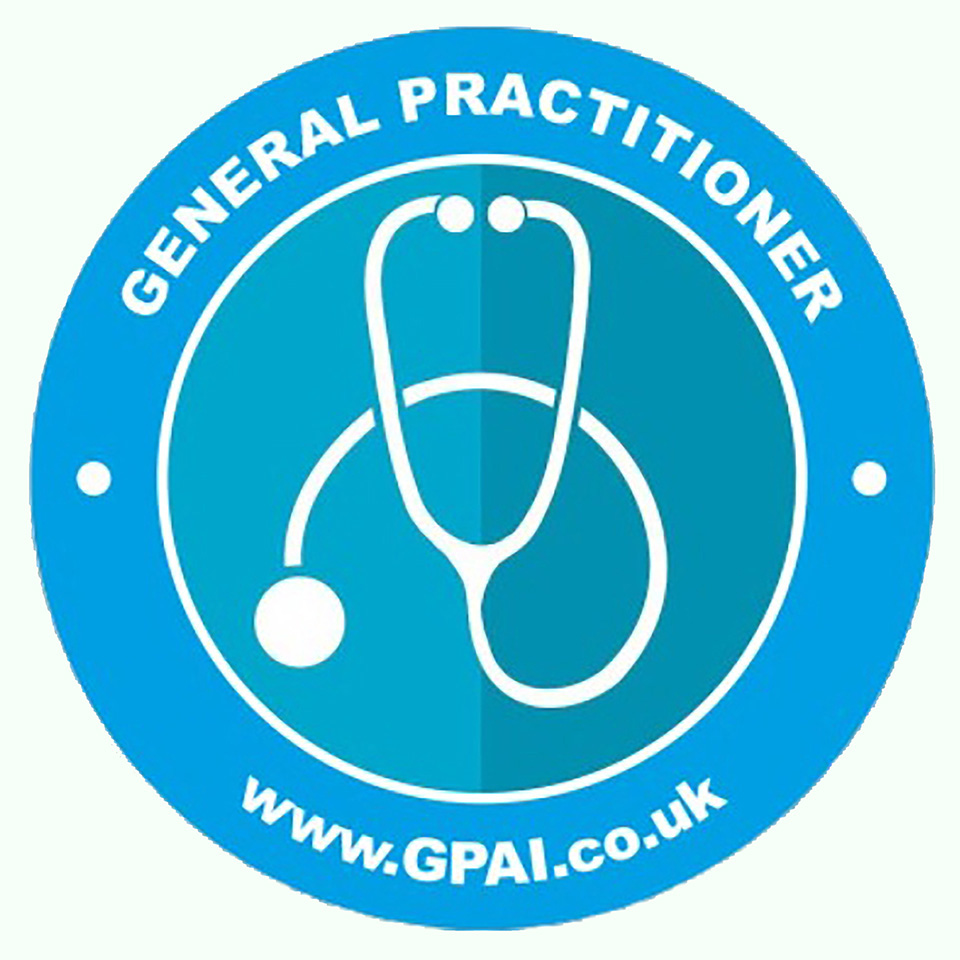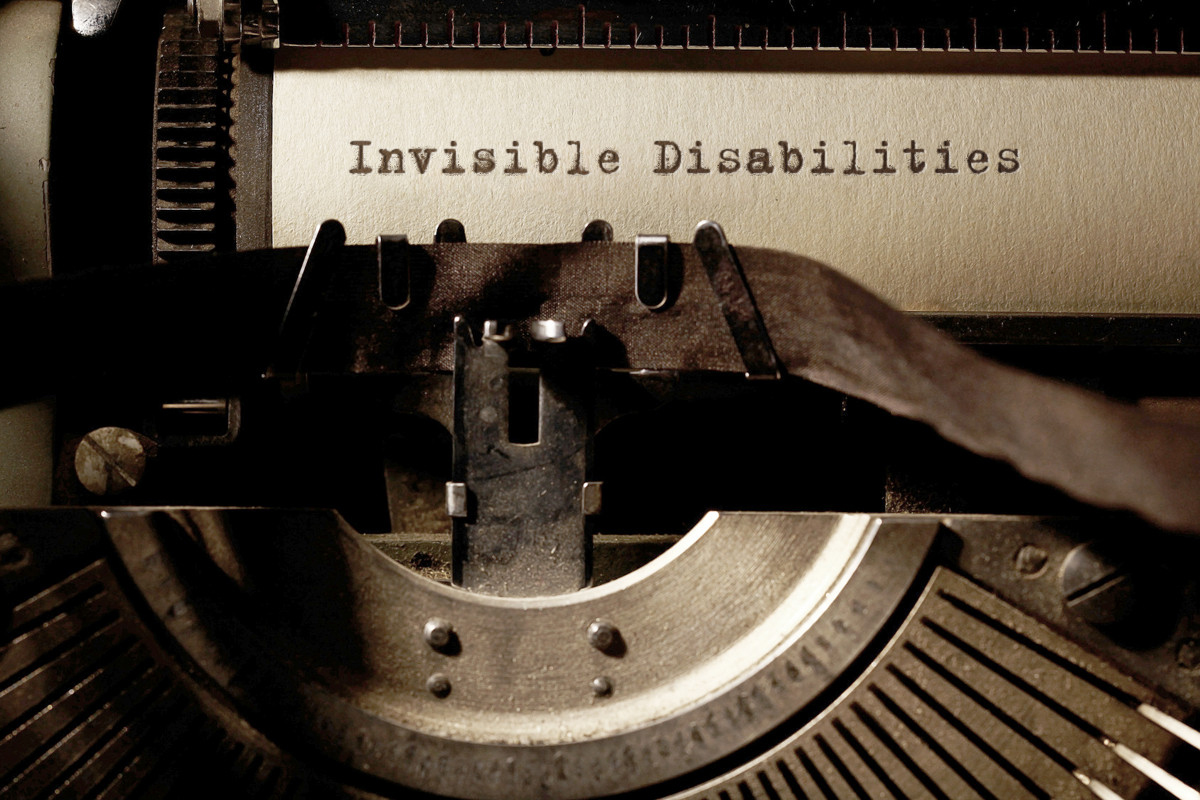
The Power of Blogging: Transforming Business and Personal Life
Blogging has emerged as a powerful tool that can significantly impact both business and personal life. Whether you’re an entrepreneur looking to expand your brand’s reach or an individual seeking to express yourself and connect with like-minded people, blogging offers a multitude of benefits.
Here are 10 compelling reasons why you should consider starting a blog, and how it can positively influence various aspects of your life, including business, personal growth, and mental health.
1. Enhancing Your Brand Visibility
Blogging is an excellent way to increase your brand’s visibility. By consistently posting high-quality content, you can attract a larger audience to your website. This helps in building brand awareness and establishing your business as an authority in your industry.
2. Driving Traffic to Your Website
Regularly updated blogs with relevant content can drive significant traffic to your website. This is crucial for online businesses looking to convert visitors into customers. By incorporating SEO strategies, your blog can rank higher in search engine results, making it easier for potential customers to find you.
3. Building Relationships with Customers
A blog allows you to communicate directly with your customers. You can address their concerns, answer their questions, and gather feedback. This fosters a sense of community and builds stronger relationships with your audience, increasing customer loyalty.
4. Showcasing Expertise and Authority
Blogging provides a platform to share your knowledge and expertise. By offering valuable insights and information, you establish yourself or your business as an authority in your field. This credibility can attract new clients, partners, and opportunities.
5. Boosting SEO Efforts
Search engines love fresh, relevant content. Blogging regularly can improve your website’s search engine optimization (SEO), helping your site rank higher in search results. This increased visibility can lead to more organic traffic and potential customers.
6. Generating Leads and Sales
A well-crafted blog can serve as an effective lead generation tool. By including calls to action (CTAs) within your posts, you can guide readers towards making a purchase, signing up for a newsletter, or contacting you for more information.
7. Providing Long-term Results
Unlike paid advertising, the benefits of blogging continue to accrue over time. A well-written blog post can generate traffic and leads for years to come, providing long-term value to your business.
8. Improving Writing and Communication Skills
Regular blogging helps you refine your writing and communication skills. This can be beneficial both professionally and personally, enhancing your ability to articulate ideas clearly and effectively.
9. Documenting Personal Growth
On a personal level, blogging can be a form of digital journaling. It allows you to document your thoughts, experiences, and growth over time. This reflection can be deeply rewarding and insightful.
10. Boosting Mental Health
Blogging can be therapeutic. It provides a creative outlet for expressing thoughts and emotions, helping to alleviate stress and anxiety. Writing about personal experiences can lead to a sense of accomplishment and emotional relief.
20 types of blogs you could create:
Creating a blog is an excellent way to share your passions, expertise, and experiences with a wide audience. Here are 20 types of blogs you could create, each catering to different interests and audiences:
1. Personal Blog
A personal blog is like a digital diary where you share your thoughts, experiences, and daily life.
2. Travel Blog
Share your travel experiences, tips, itineraries, and travel photography from your adventures around the world.
3. Food Blog
Write about recipes, restaurant reviews, cooking tips, and culinary experiences.
4. Fashion Blog
Discuss fashion trends, outfit ideas, beauty tips, and reviews of clothing and accessories.
5. Fitness Blog
Offer workout routines, fitness tips, nutrition advice, and motivational content for a healthy lifestyle.
6. Health and Wellness Blog
Focus on mental health, holistic wellness, self-care tips, and healthy living advice.
7. Parenting Blog
Share parenting tips, experiences, product reviews, and advice on raising children.
8. Tech Blog
Cover the latest technology news, gadget reviews, software tutorials, and tech industry insights.
9. Business Blog
Provide advice on entrepreneurship, business strategies, marketing tips, and industry trends.
10. Finance Blog
Offer financial advice, investment tips, budgeting strategies, and insights into personal finance.
11. Lifestyle Blog
A broad category that can include topics like home decor, travel, food, fashion, and personal experiences.
12. Education Blog
Write about teaching tips, educational resources, study strategies, and insights into the education system.
13. DIY and Craft Blog
Share tutorials, project ideas, and tips for various crafts, DIY projects, and home improvement.
14. Photography Blog
Showcase your photography work, offer tips and tutorials on photography techniques, and review photography gear.
15. Gaming Blog
Cover video game reviews, industry news, gaming tips, and live streaming content.
16. Book Blog
Write book reviews, author interviews, reading lists, and literary analyses.
17. Music Blog
Discuss music trends, album reviews, artist interviews, and concert experiences.
18. Environmental Blog
Focus on environmental issues, sustainability tips, conservation efforts, and eco-friendly living.
19. Pet Blog
Share tips on pet care, training advice, product reviews, and heartwarming pet stories.
20. Spirituality Blog
Discuss spiritual practices, meditation techniques, personal growth, and inspirational content.
Each type of blog has the potential to attract a dedicated audience, allowing you to share your expertise and passions while connecting with others who have similar interests.
How blogging can help you heal
Blogging has become an increasingly popular way for individuals to express their thoughts, feelings, and experiences to a global audience. While many people use blogging as a means of sharing their interests or building a brand, it can also be a powerful tool for healing and personal growth. In this article, we will explore how blogging can help you heal and improve your mental health.
- Writing as a form of therapy: Writing has been used as a therapeutic tool for centuries. Many people find that putting their thoughts and feelings down on paper can be cathartic and help them process difficult emotions. When you blog, you have a platform to express yourself without judgment. You can write about anything that’s on your mind, whether it’s a traumatic experience, a personal struggle, or a positive accomplishment. By doing so, you can gain a deeper understanding of yourself and your experiences.
- Creating a community of support: Blogging can also help you connect with others who may be going through similar experiences. By sharing your story, you may inspire others to share theirs as well. This can create a sense of community and support that can be invaluable when you’re dealing with mental health challenges. Knowing that you’re not alone can provide a sense of comfort and validation.
- Building self-esteem: Blogging can also help you build self-esteem by allowing you to share your unique voice and perspective with the world. When you receive positive feedback or comments from readers, it can be a powerful validation of your worth and value. Over time, this can help you develop a stronger sense of self-esteem and confidence.
- Cultivating mindfulness: Blogging can be a form of mindfulness practice. When you write, you’re often in a state of flow where you’re fully engaged in the present moment. This can be a meditative and calming experience that can help you reduce stress and anxiety. By cultivating mindfulness through blogging, you can learn to stay more present and focused in your daily life.
- Gaining a sense of purpose: Finally, blogging can help you gain a sense of purpose and meaning in your life. By sharing your experiences and insights with others, you may feel like you’re making a positive impact on the world. This can be especially important if you’re struggling with mental health challenges that have left you feeling lost or disconnected. Blogging can help you find a sense of purpose and direction.
The Rise of Vlogging: A Modern Way to Connect and Inspire
Vlogging has emerged as a powerful medium for personal expression, storytelling, and audience engagement. Vlogging, short for video blogging, involves creating and sharing video content on platforms like YouTube, Vimeo, and social media. This article delves into the world of vlogging, exploring its rise, its impact, and why you might want to start your own vlog.
The Evolution of Vlogging
Vlogging began as a simple extension of traditional blogging, with early vloggers using basic webcams to share their daily lives, opinions, and interests. Over the past decade, it has grown into a sophisticated and influential form of media, with millions of creators producing content on a wide range of topics, from beauty and fashion to travel, technology, and education. The accessibility of high-quality video recording equipment and the proliferation of video-sharing platforms have significantly contributed to the popularity and reach of vlogging.
Why Vlogging?
1. Visual Storytelling: Vlogging leverages the power of visual storytelling, allowing creators to convey emotions, settings, and experiences more vividly than text alone. This immersive format can captivate audiences, making the content more engaging and memorable.
2. Personal Connection: Vlogs create a direct and personal connection between the creator and the audience. Seeing and hearing the creator fosters a sense of familiarity and trust, which can be harder to achieve through written words.
3. Versatility and Creativity: Vlogs offer endless opportunities for creativity. From filming daily routines to creating cinematic travel documentaries or conducting interviews, the possibilities are vast. The visual format allows for the incorporation of various elements like music, graphics, and special effects to enhance the storytelling experience.
4. Broad Reach: Video content is highly shareable and tends to perform well on social media platforms. This can lead to broader audience reach and higher engagement rates. Videos are also favored by algorithms on platforms like YouTube, increasing the chances of content discovery.
Steps to Start Vlogging
1. Define Your Niche: Identify the topics you are passionate about and knowledgeable in. Your niche could range from lifestyle and fitness to technology reviews or educational content. Focusing on a specific niche helps attract a dedicated audience.
2. Plan Your Content: Outline your vlog ideas and plan your content ahead of time. This includes scripting, storyboarding, and deciding on filming locations. Consistency is key, so develop a content schedule that you can stick to.
3. Gather Equipment: While starting with a smartphone camera is perfectly fine, investing in good-quality equipment can enhance your vlog’s production value. Essential gear includes a decent camera, microphone, lighting, and video editing software.
4. Create and Edit: Shoot your videos, paying attention to good lighting, clear audio, and engaging visuals. Editing is crucial to refine your content, adding transitions, music, and graphics to make it polished and professional.
5. Upload and Promote: Upload your vlogs to your chosen platform with optimized titles, descriptions, and tags to improve searchability. Promote your videos through social media, your blog, and other online communities to build your audience.
6. Engage with Your Audience: Respond to comments, ask for feedback, and engage with your viewers to build a loyal community. Audience interaction is vital for growing your vlog’s reach and impact.
The Impact of Vlogging
Vlogging has revolutionized how we consume and create content. It has democratized media, allowing anyone with a camera and an internet connection to share their voice and influence. Many vloggers have turned their channels into full-time careers, earning revenue through ads, sponsorships, and merchandise sales. Beyond the financial aspect, vlogging provides a platform for spreading awareness, educating, and inspiring millions worldwide.
Vlogging represents a dynamic and engaging way to connect with audiences in the digital age. Its visual nature, personal touch, and creative flexibility make it an appealing medium for both creators and viewers. Whether you’re looking to share your expertise, document your adventures, or simply express yourself, vlogging offers a powerful platform to reach and inspire others. So grab your camera, start filming, and let your story unfold in the vibrant world of vlogging.
Monetizing Your Blog
Blogging has evolved from a simple hobby to a lucrative career path for many. If you’re a blogger looking to turn your passion into profit, there are several effective strategies to monetize your blog.
1. Affiliate Marketing
Affiliate marketing involves promoting products or services on your blog and earning a commission for every sale made through your referral link. Here’s how to get started:
- Join Affiliate Programs: Sign up for affiliate programs related to your blog’s niche. Popular programs include Amazon Associates, ShareASale, and Commission Junction.
- Promote Products: Write reviews, create tutorials, or include product recommendations in your blog posts. Ensure the products are relevant and valuable to your audience.
- Use Links Wisely: Embed affiliate links naturally within your content. Avoid overloading your posts with links to maintain credibility and user experience.
2. Display Advertising
Display ads are visual advertisements placed on your blog. You can earn money based on impressions (views) or clicks.
- Google AdSense: This is a popular ad network that places targeted ads on your blog. You earn money whenever visitors view or click on these ads.
- Direct Ad Sales: Once your blog has substantial traffic, you can sell ad space directly to businesses. This can be more lucrative than using ad networks.
3. Sponsored Posts
Sponsored posts involve writing content that promotes a brand or product, for which you are paid by the sponsor.
- Pitch to Brands: Reach out to companies in your niche and propose sponsored content opportunities.
- Join Networks: Sign up for influencer networks like IZEA, AspireIQ, and TapInfluence to connect with brands looking for bloggers.
4. Selling Digital Products
If you have expertise in a particular area, you can create and sell digital products such as e-books, online courses, or printables.
- Create Value: Ensure your digital products offer high value and solve specific problems for your audience.
- Use Platforms: Platforms like Teachable for courses, or Gumroad for e-books and printables, make it easy to sell your digital products.
5. Membership or Subscription Fees
Create a members-only section on your blog where subscribers pay a monthly or yearly fee for exclusive content, resources, or community access.
- Offer Exclusive Content: Provide valuable content that isn’t available for free on your blog.
- Build Community: Foster a sense of community among your members with forums, live chats, or exclusive webinars.
6. Freelance Services
Leverage your blog to showcase your skills and attract freelance work. This is especially effective if you offer services like writing, graphic design, or consulting.
- Showcase Your Work: Use your blog to display your portfolio and client testimonials.
- Offer a Contact Option: Make it easy for potential clients to contact you by having a dedicated contact page.
7. Selling Physical Products
You can also sell physical products related to your blog’s niche, such as merchandise, handmade items, or curated subscription boxes.
- E-commerce Integration: Use e-commerce platforms like Shopify or WooCommerce to set up an online store on your blog.
- Promote Products: Use your blog posts to showcase and promote your products.
8. Donations and Crowdfunding
If your audience finds value in your content, they may be willing to support you through donations or crowdfunding.
- Platforms: Use platforms like Patreon or Buy Me a Coffee to receive donations from your readers.
- Offer Incentives: Provide small incentives, like exclusive content or recognition, to encourage donations.
Monetizing your blog requires a combination of creativity, strategy, and persistence. By diversifying your income streams and focusing on providing value to your audience, you can transform your blog into a profitable venture. Remember, building a successful blog takes time, so be patient and consistent with your efforts. With the right approach, your blog can become not only a source of income but also a rewarding and fulfilling career.
Conclusion:
Blogging can be a powerful tool for healing and personal growth. By writing about your experiences, connecting with others, building self-esteem, cultivating mindfulness, and gaining a sense of purpose, you can improve your mental health and well-being. If you’re struggling with mental health challenges, consider starting a blog and see how it can help you on your journey of healing.
Blogging is more than just a digital diary or a marketing tool; it’s a powerful medium that can transform both your business and personal life. By enhancing brand visibility, driving traffic, building relationships, and boosting mental health, blogging offers a wealth of benefits. Whether you’re looking to grow your business, improve your writing skills, or simply document your journey, there’s no better time to start a blog. Embrace the journey and discover the profound impact it can have on your life.
A blog and a vlog serve similar purposes in terms of content creation and audience engagement, but they differ significantly in format and presentation. A blog primarily uses written content, often supplemented with images and infographics, to convey information, share stories, or offer insights on various topics. It relies on the reader’s interaction with the text, allowing for a more detailed and nuanced exploration of subjects. Conversely, a vlog (video blog) uses video content to communicate with the audience. Vlogs can be more dynamic and engaging, utilizing visuals, audio, and on-screen personality to create an immersive experience. While blogs are better suited for in-depth analysis and detailed written content, vlogs excel in providing a more personal, immediate, and often more entertaining connection with the audience through visual storytelling.

Image Credit: Photofunia.com Category: Vintage Typewriter.
Turn Negativity Into Positivity and embark on a journey of self-discovery and inspiration through the power of storytelling. Your life experiences, challenges, and triumphs hold the potential to inspire countless others. If you’ve ever dreamt of sharing your story but found yourself daunted by the prospect of writing an autobiography, fear not – our team of skilled ghostwriters is here to help. Let us capture the essence of your journey and transform it into a compelling narrative that resonates with readers.
By sharing your story, you have the opportunity to turn adversity into triumph, motivating others to overcome obstacles and embrace a life filled with positivity and purpose. Don’t let your story go untold – reach out to us today and let’s begin the journey of bringing your autobiography to life.
Contact Us Today To Share Your Story.



























